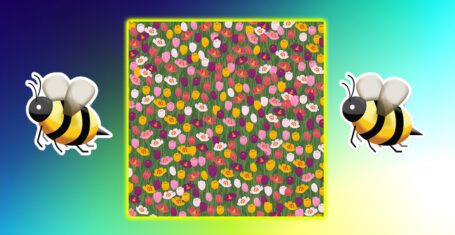
The underappreciated beauty of Sheffield city centre
And I’m not just talking about the Peak District
Standing in the Peace Gardens in Sheffield city centre, there is a cross section of the beauty of Sheffield right in front of you. Modernity meets the past, glass meets stone, old meets new.
There are fountains, probably the most photographed fountains in South Yorkshire, and to one side of them there's the Town Hall, probably the most photographed building in the whole of South Yorkshire, with its weather aged stonework and ancient windows, skyscraping spires and imposing walls, set against the backdrop of a blue sky and busy city. It is probably the most classically beautiful building in the city, maybe aside from Firth Court, but with less graduation photos.
From the Peace Gardens there is no bad angle from which you can look at the Town Hall, every side has an impossibly gorgeous point of view, it's truly an Instagram dream. From the front it imposes itself on you further, the beauty of its insides only briefly glimpsed as you pass. Yet, the Town Hall has been invaded by the modern, now, with the bar Public taking residence in what used to be public toilets, a bar which has gone on to win best place to drink the UK; the buildings that surround it are engulfing it in glass and metal and sharp angles, like the past had finally been caught.
Turn around and you'll find glass-fronted modernity, the light crashing in all directions off of chiselled, harsh panels. It's a total contrast to the Town Hall that represents a Sheffield of the past that has survived into the dystopia of the modern day, the two halves of Sheffield laid bare in front of you, their differences totally obvious, but similar in that they are both equally as interesting and beautiful as the other.
There are barely any cars in this part of the city centre. Buses roll past, but the centre around Fargate and the Moor and the Peace Gardens is largely pedestrian, which would make it easy to navigate if it wasn't almost constant and ever-changing obstacles that line Fargate every season.
At eye level are of course shop fronts with their garish advertising, but look up slightly, above their commercial heads, and you'll see old Sheffield architecture that the shops seemingly squat in, from the Yorkshire Bank building at the top of Fargate (just across the road from the Town Hall, in fact), and around the side streets in that area, like the Central Library where the windows are lit up by blues and purples and reds in the dark evenings, and in the building that is now a Head of Steam bar, or in the various churches hidden away on side streets.
At the bottom of Fargate, if you walk down it far enough, you'll find Sheffield Cathedral and the small scale beauty of it – not a huge or mesmeric Cathedral, Sagrada Familia it is not, and if you were to miss it on the skyline it would not be totally your fault, no, you'd probably be distracted by the Arts Tower on the horizon, but it is a modest Cathedral that blends into the rest of the city, low-key.
A small scale model of this contrast in beauty types can be found in the theatre district, where the Lyceum Theatre is traditional but The Crucible is the futuristic twin from an alternate timeline.
Sheffield is changing, and this modernity reflects that. In the whole time I've lived in Sheffield there has always been building work and renovation and innovation going on. When I first moved to Sheffield it was the now completed shops and cinema complex on The Moor. I remember seeing children with their parents trying to look through the cracks in the partition walls and fences to see what was going on, and everyday when I passed it would get slightly taller and slightly closer to completion, until one day it was all you could see as you walked through the city. It's a shame it ended up being another Nando's and another Pizza Express, because, of course, that's what Sheffield needs more of.
Now The Moor is nearly complete, with those jarring metal huts that break up the walk away from the city centre, like rocks in a river or bulges in a coastline. If Fargate and the Town Hall are old fashioned, if the Lyceum is traditional, then this is the antithesis, all polished metal and seemingly random yet intricately designed sporadic glasswork.
And work is still going on, adding further future to Sheffield city centre, with building work going on to expand the shopping areas and apartment blocks to set to scrape the sky. Perhaps there is the argument that this will lead Sheffield to look like just another UK city, like Manchester or Liverpool or Leeds, perhaps all the buildings will look the same, perhaps they will dilute the beauty of contrast between old and new.
But isn't that the future? Sheffield is growing, and regardless of how it looks, that's a good thing. The beauty of Sheffield is being highlighted through Instagram these days. If you follow the University of Sheffield Instagram, you'll have noticed photos provided by the user es_kwon, who has been highlighting just how stunning Sheffield can be through his photographs. Similarly, in a novel way, user coloursofsheffield has been matching Sheffield sites with different coloured Pantone cards, in what is proving to be the colourama of South Yorkshire.
Sheffield is certainly beautiful, and now, thanks to Instagram and some handy investment, maybe it's beginning to get the recognition it deserves.









































